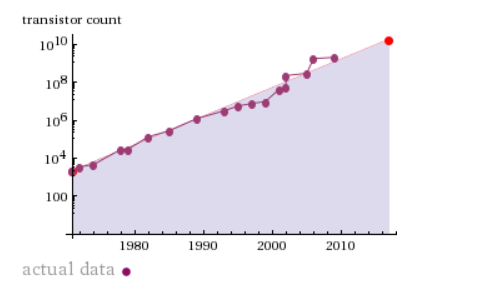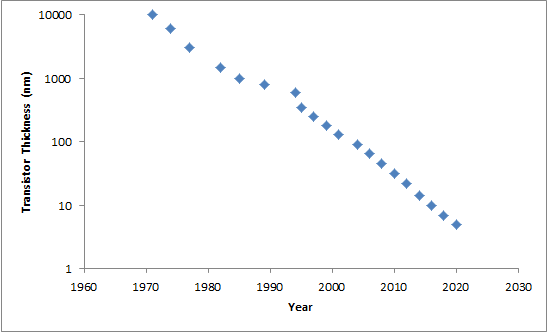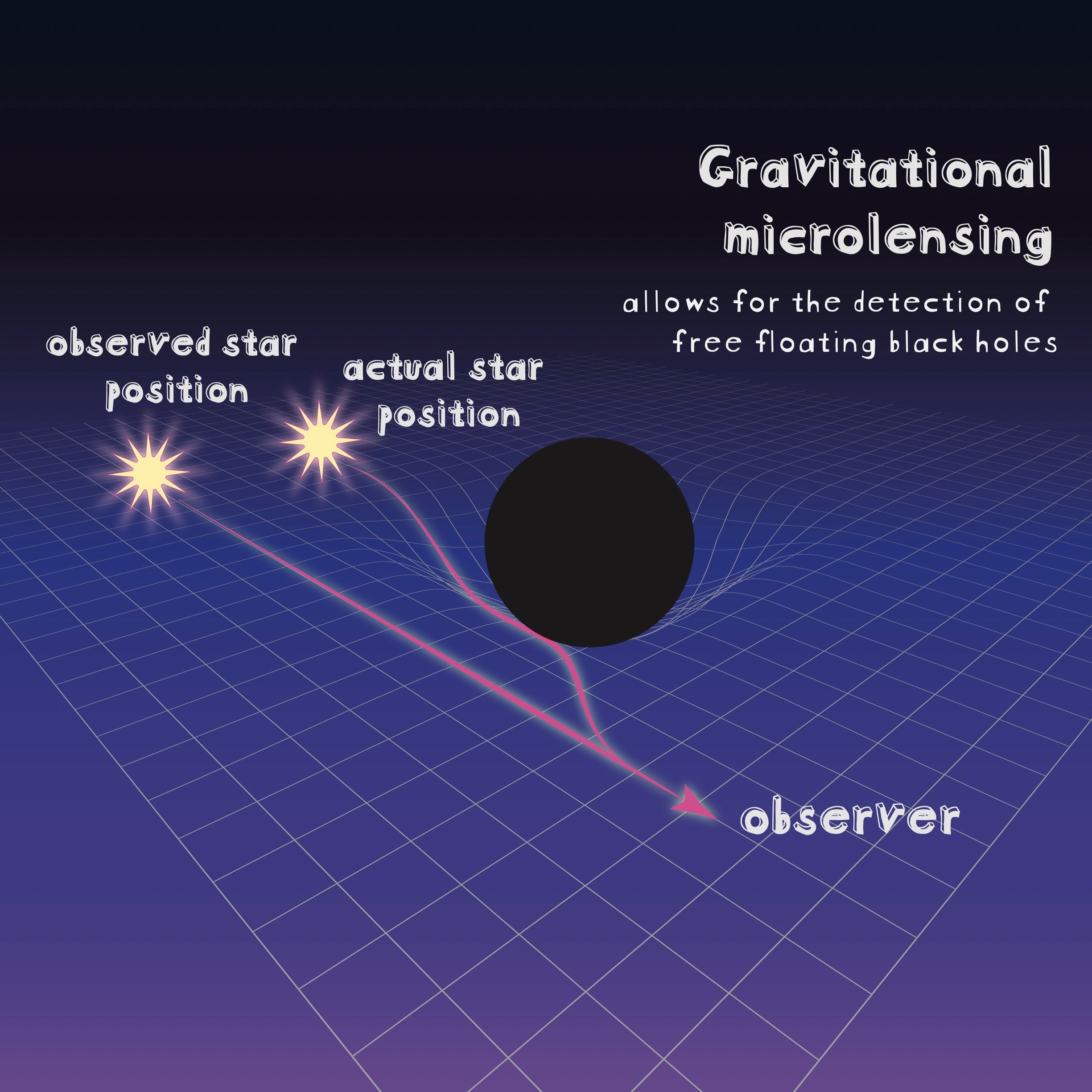
I fancy myself something of a futurist. It’s hard not to be, really, because in my lifetime, computing power has doubled approximately twelve times. Or, more concretely, desktop computers are about 4000 times faster than they were today than they were when I was born. Even more concretely, something it took a computer an hour to do when I was born takes about a second for a modern smartphone.
Admittedly, this is something of a self-fulfilling prophecy on the part of Intel, but it’s fun to imagine how much farther this sort of growth can go.
The easiest way to describe this growth is with a simple function:
Where tau is some timescale which sets how long it takes for the function to double. For computer “speed” (measured in number of transistors per unit area), this is about 2 years. And it has grown with remarkable consistency over the course of the twentieth century (again, notwithstanding the billions of dollars Intel spends to make sure they keep up with this doubling schedule, popularly codified as Moore’s law).
[caption id="attachment\\_13075" align="aligncenter" width="499"][](http://berkeleysciencereview.com/wp-content/uploads/2015/10/mooreslaw.png) Data and extremely useful legend from Wolfram Alpha[/caption]
If you don’t have intuition for why this growth might be surprising, consider toilet paper. How many times do you need to fold a piece of toilet paper in half before it is as thick as the earth?
Every time you fold the toilet paper in half, you double its thickness, so this is also an exponential sort of growth. Turns out, no one has ever folded toilet paper in half more than 13 times (it took a 1.2 kilometer roll of toilet paper to do this). Try and fold any piece of paper in half as many times as you can, and you’ll quickly understand why this becomes hard
Based on reasonable assumptions, toilet paper is about .3 millimeters in thickness. A short calculation demonstrates that if you could fold your toilet paper in half 35 times, it would be thicker than the earth (about 8,000 miles thick).
This suggests something of a general feature of exponential growth: folding toilet paper in half for the first couple of times is pretty easy. But rapidly, something gives, and it becomes much harder for the process to continue (not for lack of trying). The problem is, it’s not always obvious when that process will stop.
There was recently an ebola epidemic in Africa (you might have heard about it). Here’s a plot of the total number of cases of Ebola in Guinea, Liberia, and Sierra Leone from the CDC, where I’ve artificially stopped the plot at December 31, 2014.
This actually looks pretty terrifying. The number of cases in Sierra Leone looks like it’s doubling about every month and a half. If this kept up for just under 4 years, everyone on earth would have ebola. How about when I continue the plot further to the present?
Here, we see the total case numbers leveling off—with the characteristic S-shape of the appropriately named S-curve associated with logistic growth. Crisis somehow averted? But, this behavior was not obvious to someone on December 31, 2014. New cases in Liberia might’ve seemed to be slowing down, but it wasn’t at all clear if this was a general feature or just a hiccup in the new number of cases.
The general difficulty in predicting whether or not a process will remain exponential and for how long gives rise to, among many other things, this wildly unhelpful UN plot on the projected population of the earth for the next 90 years:
[caption id="attachment\\_13077" align="aligncenter" width="521"][](http://berkeleysciencereview.com/wp-content/uploads/2015/10/worldpop.png) Courtesy Tga.D, CC 3.0 License.[/caption]
Sometimes, there are obvious bounds that would prevent some process from continuing exponentially forever. For the case of Moore’s law, transistors can’t be much smaller than an angstrom, or a tenth of a nanometer, before Bad Quantum Things happen, because atoms are about an angstrom across:
From this, something interesting should happen around 2030 to 2040 when Moore’s law, if it continues, reaches this threshold.
For toilet paper, this is really just upperbounded by how much toilet paper you have. The amount you need to “easily” keep folding toilet paper in half is probably a function of the Young’s Modulus of toilet paper, or, how bendy it is when you have a lot of it stacked together. A simple estimate would be something like twice as much toilet paper is necessary for each subsequent doubling.
For disease, this limit is obviously upper bounded by the number of people on earth. We have to appeal to models of disease contagion and communicability to really understand where the exponential stops, if it will. What’s properly terrifying is that we know of diseases which probably could infect everyone on earth before the “exponential stopped” so to speak.
So: exponential growth is scary. Our only real assurance is that something that grows exponentially must eventually stop growing exponentially, lest it consume the planet (or universe). Sometimes we have a good idea of when that stopping time is. Sometimes we don’t.







